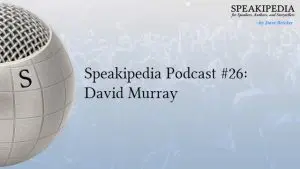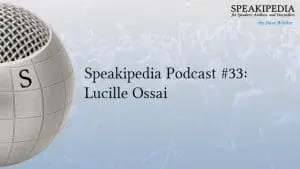 Are images analogous to words? Is what makes a sentence sound “right” the same thing that makes an image “pop” or a jazz solo “burn?” The similarities are noteworthy but the differences are important. Just as the best of writers seek the guidance of an editor, smart publishers rely on book designers who understand the “grammar of design.”
Are images analogous to words? Is what makes a sentence sound “right” the same thing that makes an image “pop” or a jazz solo “burn?” The similarities are noteworthy but the differences are important. Just as the best of writers seek the guidance of an editor, smart publishers rely on book designers who understand the “grammar of design.”
Good design, like good writing, communicates clearly and effectively. It all boils down to some sort of archetypal math. The “golden rectangle,” for example, has proportions that are pleasing to everyone. Though much of design is pure opinion, some of its power is as mysterious and universal as love. But at least part of it can be described in terms of how a page provides intuitive visual clues to its elements’ hierarchy of importance, and to what the literal and symbolic meanings of those elements are.
Visual confusion and tension are fine as long as there’s some sort of payoff that makes the visual anxiety worth the angst; M.C. Escher was a master of that. In the same way, we can write playful sentences that h5sent amusing confusion; they’re logically impossible but they sound right. Optical illusions create conflicts of perspective. Semantic illusions are similar; they’re simultaneously grammatically correct and logically absurd:
Do you walk to work or bring a lunch?
What is the difference between an orange?
On a scale of one to ten, what is your favorite color?
I’d like a large with no ice, please.
Is it faster to Chicago or by bus?
Others present annoying confusion; they’re logically correct and easy to understand, but they sound (and are) wrong.
I think York is the best town in which a person could live in.
Why couldn’t they just build it gooder?
The meanings of the sentences in the second set of examples are much clearer than those of the first examples but they register as “wrong” all the same.
Book Design Has its Own Grammar
Book design (or any kind of design for that matter) works the same way. Many book covers offer all the empirical clues one needs to understand what the book is about and who it’s for. And yet, they somehow “don’t work.” The grammar of design is “off” and without some vocabulary and concepts analogous to verbs and adjectives and tenses, etc., we are left struggling with a “visual anxiety” that’s difficult to exh5ss or define the causes of.
As writers, whether we study formally or informally, we learn the rules of style. We try to make verb tenses agree, avoid clichés, become aware of our habits and patterns, and not repeat ourselves. Like jazz players who improvise a melody that’s relevant to a particular chord progression, we’re judged not only by our exh5ssiveness, creativity, and the effectiveness with which we convey information, but also by whether our work demonstrates a knowledge of the rules and vocabulary that define our art. Certainly, writing is a significant part of the publishing art, but the contribution of informed book design is too often overlooked.
Think back to your early writing attempts; you’re much better at it now, aren’t you? Whether you realize it or not, your self-designed cover probably looks a lot like your early writing sounds. Just as a sentence can communicate clearly while still committing numerous grammatical crimes, a book cover can accomplish all the functional things it’s supposed to while still looking awkward or amateur. If you want to produce your entire book by yourself, that’s an admirable goal, but just as you should work with an editor who can critique your work objectively, your collaboration with an experienced designer will help you see patterns and style errors analogous to the ones you’ve learned to see on a written page.
The good news for self-publishers is that the design standards for trade-published books are not very high. For indie writers, effective book design (both on the cover and in the book block) is the surest and quickest recipe for exceeding the standards of the mainstream publishing industry. As a writer, you’re not required or expected to be aware of the rules of style that govern other art forms. But as a publisher, you should avail yourself of the best resources you can to enhance the quality of your books. At very least, ask for a professional critique. Your work can only benefit from the input of a professional who understands the grammar of design.
If you were hoping to read less aesthetic philosophy and more practical exploration of the grammar of book design, please see the three-part exploration of book cover design and Book Design Basics articles.





